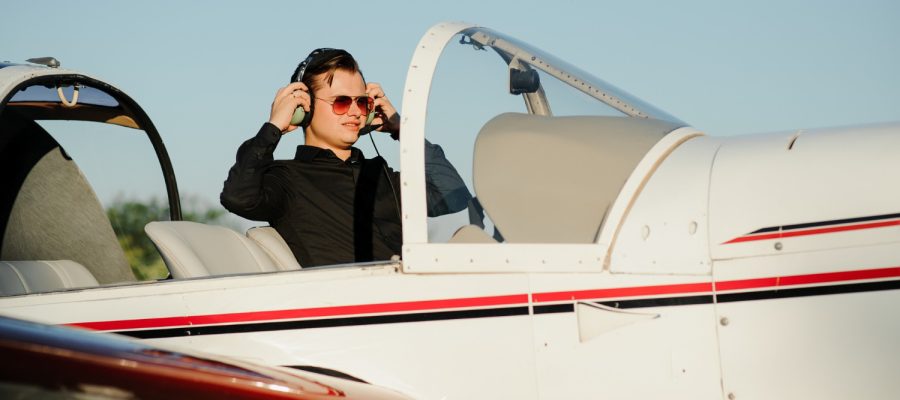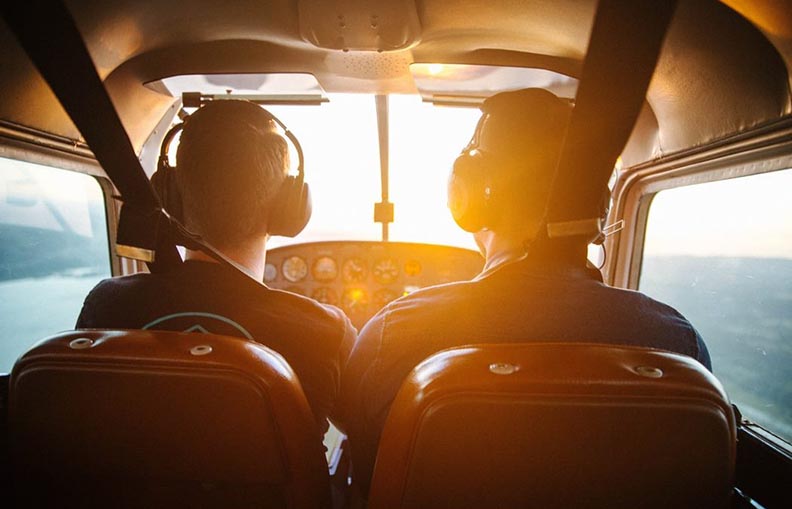Essential Tips for Piloting a Single Engine Jet Safely
Flying a single-engine jet is an exhilarating experience, blending the thrill of speed with the intricacies of advanced aviation technology. However, piloting these aircraft demands not only skill but also a profound commitment to safety. This article provides essential tips for piloting a single-engine jet safely, ensuring that each journey is both enjoyable and secure.
Mastering the Skies: Single Engine Jet Safety

Safety in aviation hinges on thorough preparation and knowledge. Before embarking on any flight, ensure you are well-versed with the jet’s operating manual. Familiarize yourself with the aircraft’s systems, controls, and emergency procedures. Understanding every detail of the jet you’re flying reduces the chances of unforeseen mishaps and instills confidence in your ability to handle any situation. Ground training should be complemented by simulation exercises to refine your responses to potential in-flight anomalies.
Pre-flight inspections are a cornerstone of aviation safety. Conduct a comprehensive check of the jet, focusing on critical systems like the engine, controls, and avionics. Pay close attention to fuel levels, oil, hydraulics, and ensure that all instruments and communication devices are functioning correctly. Verify that the aircraft is properly loaded and balanced, as improper weight distribution can affect flight dynamics. A meticulous pre-flight inspection can prevent technical failures in the air and reinforce a culture of vigilance.
Weather conditions play a significant role in flight safety. Always review detailed weather forecasts before takeoff, paying attention to factors such as wind speed, visibility, and potential storms. Single-engine jets are particularly susceptible to adverse weather, so it’s crucial to recognize when conditions are unsuitable for flying. In such cases, delaying or canceling a flight is a prudent decision. Additionally, maintaining an awareness of changing weather patterns during flight can help in making timely navigational adjustments.
Key Techniques for Safe Single Engine Jet Flying

Effective communication is vital in aviation. Establish and maintain clear communication with air traffic control (ATC) to receive timely updates and instructions. Equally important is the ability to communicate efficiently with any co-pilot or passengers on board. Clarity in communication minimizes misunderstandings and ensures that all parties are aware of the flight’s status and any potential issues. In emergency situations, concise and precise communication is essential to coordinate a safe response.
Practicing emergency procedures is a critical aspect of flying single-engine jets safely. Regularly review and rehearse scenarios such as engine failure, loss of communication, and onboard fire. Simulations and drills help build muscle memory and improve your reaction time in real emergencies. Knowing how to execute a forced landing or quickly resolve a mid-air problem can make a significant difference in ensuring safety. Always be prepared for the unexpected, and keep calm under pressure to manage emergencies effectively.
Lastly, continuous education and skill enhancement are crucial for safe jet piloting. Attend workshops, seminars, and training sessions to stay updated on the latest aviation advancements and safety protocols. Engage with fellow pilots to share experiences and learn from their insights. Keeping abreast of new technologies, regulations, and safety measures will not only improve your competence but also contribute to a safer flying environment for everyone.
Piloting a single-engine jet is an art that combines technical expertise with keen situational awareness. By adhering to rigorous safety practices and continuously enhancing your skills, you can ensure that each flight is a safe and successful endeavor. Remember, the sky is not just a destination; it is a realm where safety must always take precedence. Whether you’re an experienced pilot or new to jet aviation, these tips provide a solid foundation for mastering the skies safely.



